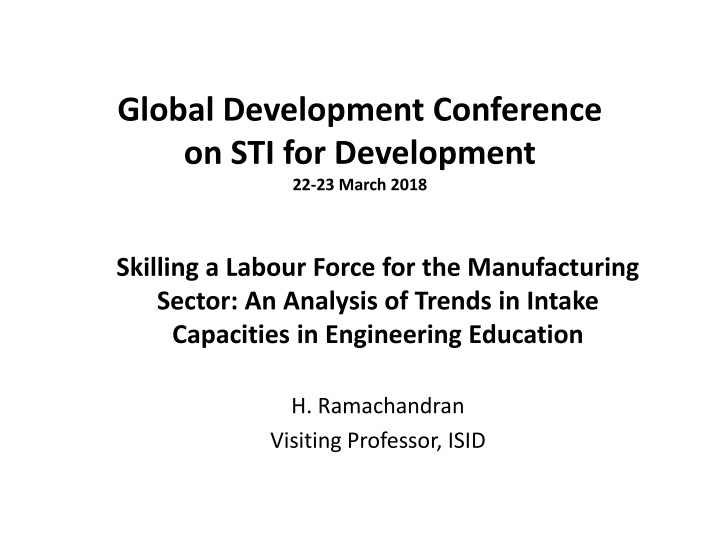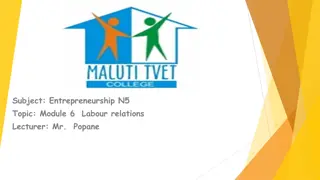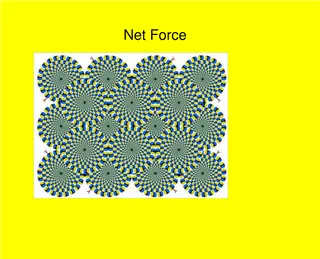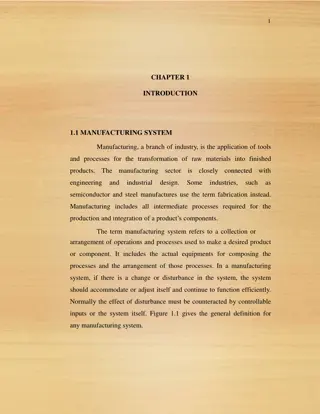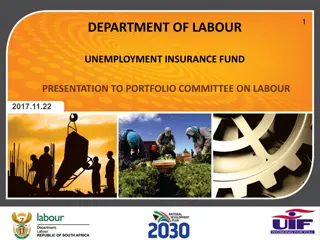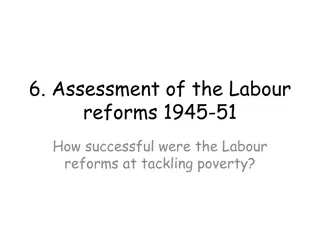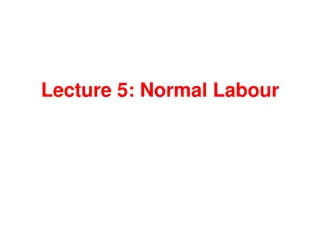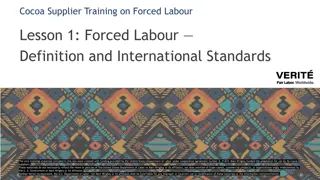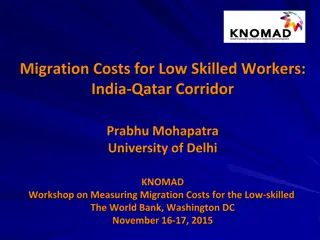Trends in Skilling a Labour Force for Manufacturing Sector in India
Skilling a Labour Force for the Manufacturing Sector in India involves analyzing trends in intake capacities in engineering education, the informal and formal streams of skill development, and the initiatives by the Government of India such as The National Skill Development Mission. The backbone of this endeavor lies in educational and training institutions in India, focusing on the supply and demand sides of skills in the labor force pyramid.
Download Presentation

Please find below an Image/Link to download the presentation.
The content on the website is provided AS IS for your information and personal use only. It may not be sold, licensed, or shared on other websites without obtaining consent from the author.If you encounter any issues during the download, it is possible that the publisher has removed the file from their server.
You are allowed to download the files provided on this website for personal or commercial use, subject to the condition that they are used lawfully. All files are the property of their respective owners.
The content on the website is provided AS IS for your information and personal use only. It may not be sold, licensed, or shared on other websites without obtaining consent from the author.
E N D
Presentation Transcript
Global Development Conference on STI for Development 22-23 March 2018 Skilling a Labour Force for the Manufacturing Sector: An Analysis of Trends in Intake Capacities in Engineering Education H. Ramachandran Visiting Professor, ISID
Skilling a Labour Force for the Manufacturing Sector There are two streams through which skills are developed among the prospective labour force in many sectors: (a) the informal stream and (b) the formal stream where skills are offered through a structured curriculum at various levels
Skilling a Labour Force for the Manufacturing Sector With increasing international tenders, the demand for a certified labour force is also increasing. the Ministry of Human Resource Development has been toying with the idea of testing and certification centres at district level that could address the labour force coming out of stream (a) .
Skilling a Labour Force for the Manufacturing Sector Government of India launched The National Skill Development Mission The Mission Directorate will be supported by three other institutions: the National Skill Development Agency (NSDA), the National Skill Development Corporation (NSDC), and the Directorate General of Training (DGT).
Educational and Training Institutions in India The backbone of development of a skilled labour force for the manufacturing sector is the troika of engineering colleges (degree level and above), polytechnics (diploma level) and Industrial Training Institutes (certificate level). The General Educational Institutions of Science and Humanities which have interface with Technical Education
Supply and Demand Sides of Skills in Labour Force The labour force normally is distributed in a pyramidal manner, with a large numbers at the lower end of skill pyramid and tapering off with increasing level of skills. As a result, the intake in various skill building institutions also tapered off with the increasing level of skills for many years in India
Skill Demand Pyramid India Brand Foundation has quoted an IMaCS study that worked out sector specific skill levels required . The industry average as brought out by that study of reproduced in the next slide.
Supply Side Post 1980, we find a larger intake capacity at the degree level than at diploma level -a result of the entry of private engineering colleges. This increase was also fuelled by the growing demand for a skilled labour force in the globalised and privatised economy. Many of these institutions were not able to fill even 50 per cent of their intake capacity even during 2002 and now its is 30 per cent. Request to AICTE to hold back further approval of new colleges.
Supply Side of Education and Skill Institutional Level Intake Capacity Year Higher Education (General) 2,360,000 2015-16 UG + PG Engineering 1,750,827 2016 Diploma Engineering 1,303,669 2015-16 ITIs & ITCs 1,865,620 2016
Concluding Points Quote from 2003 paper Earlier the intake capacity ratio between Degree and Diploma level was 1:1.5. This has been reversed. Unemployed engineers are increasing Large proportion of intake capacity is under Utilized yet new institutions are being established Type of Skills in demand and those supplied do not match
Concluding Points As per Sharada Committee (appointed by the Ministry) report since the scheme included monetary reward for the trainees the achievement was more than the target achievement to the tune of 3 million. The committee found everybody was chasing numbers without providing employment to the youth or meeting sectoral industry needs. Data shows that the NSDC, through its partners, only managed to skill around 600,000 youth till September 1, 2017 and having a placement rate of around 12 per cent. Much of these efforts under the scheme were through short term training courses and as a result placement of the trainees was difficult.
Concluding Points What we need is Human Resource mapping for a twenty year time period based on a robust system of projecting demand for different types and levels of skill, rather than supply-driven skilling efforts.
